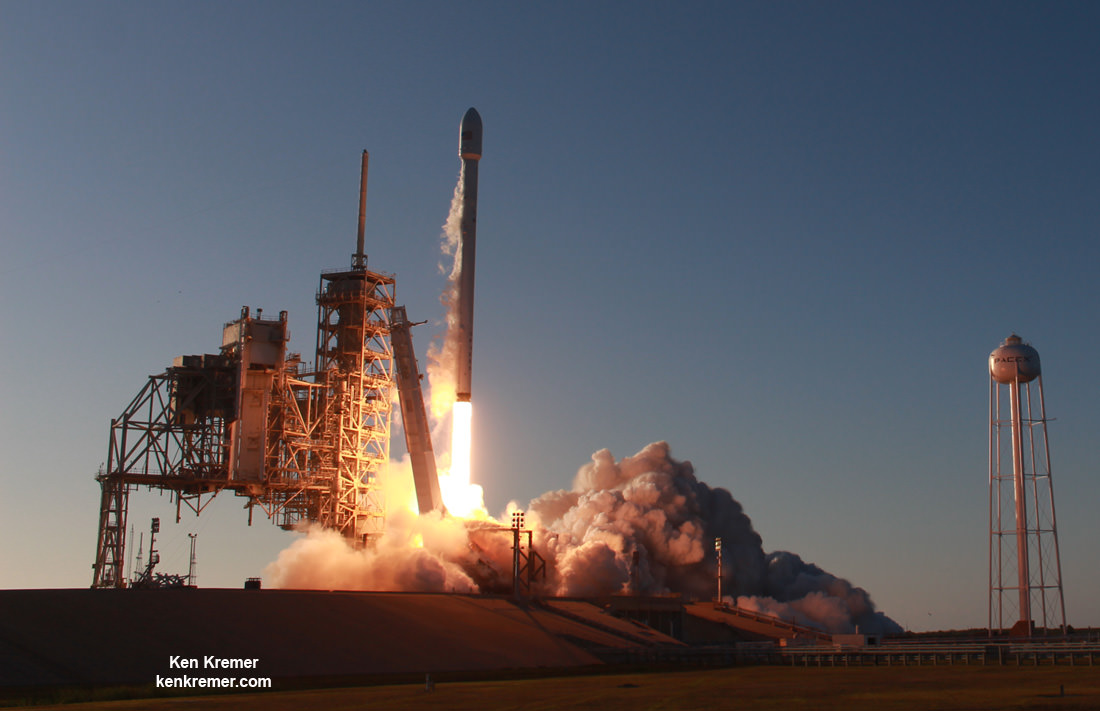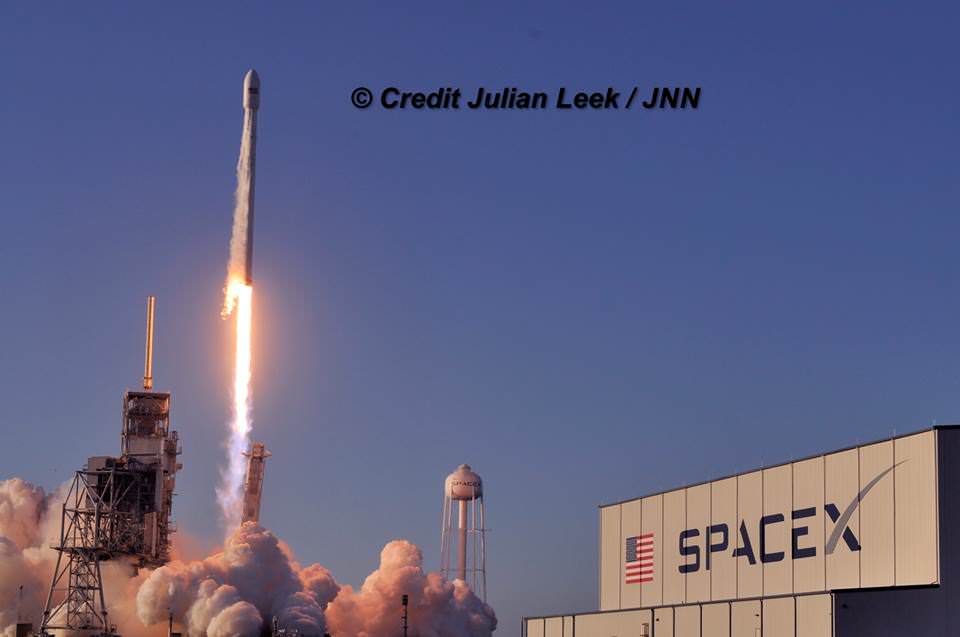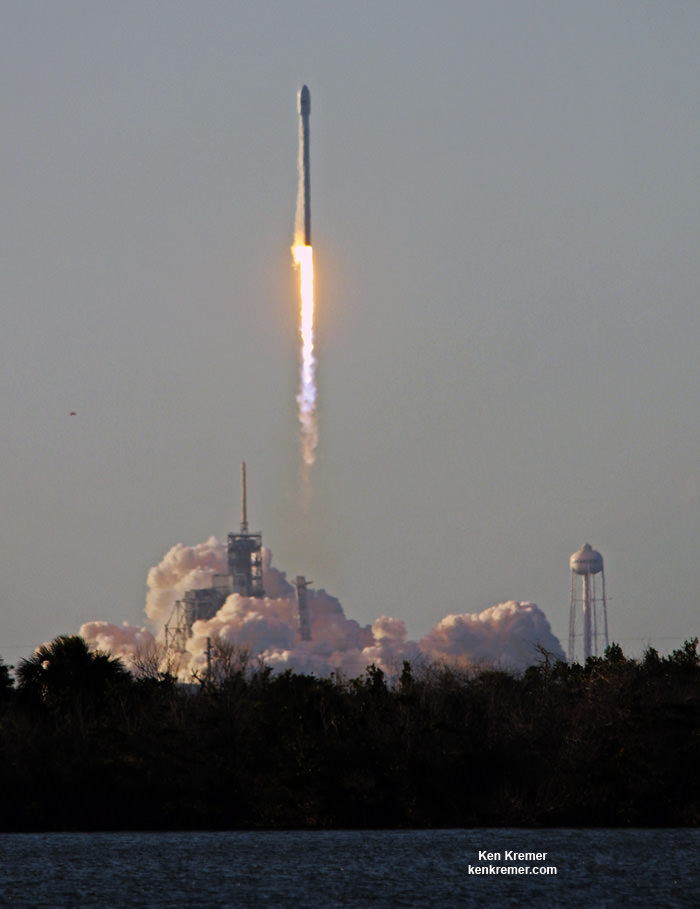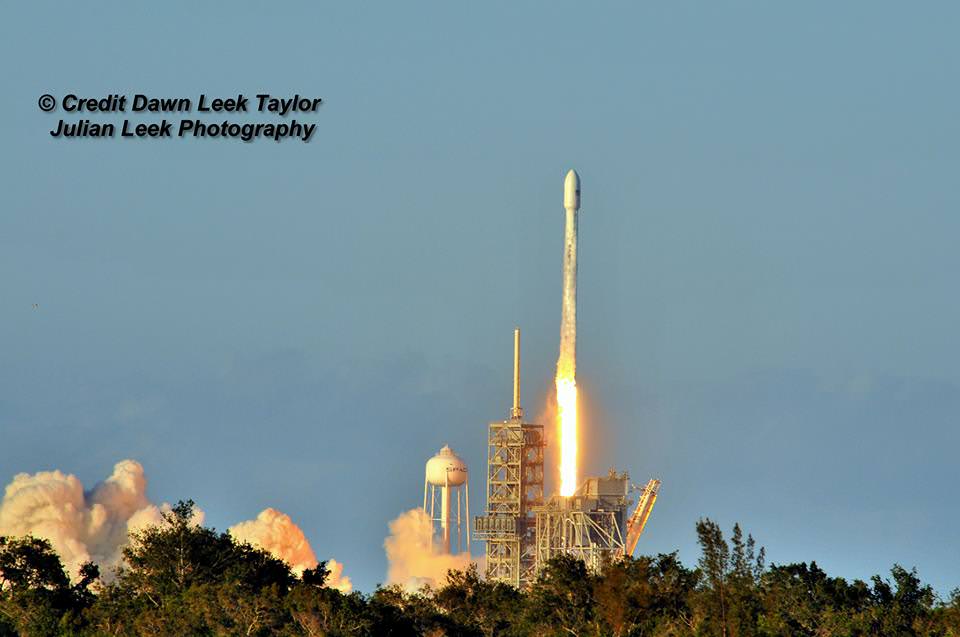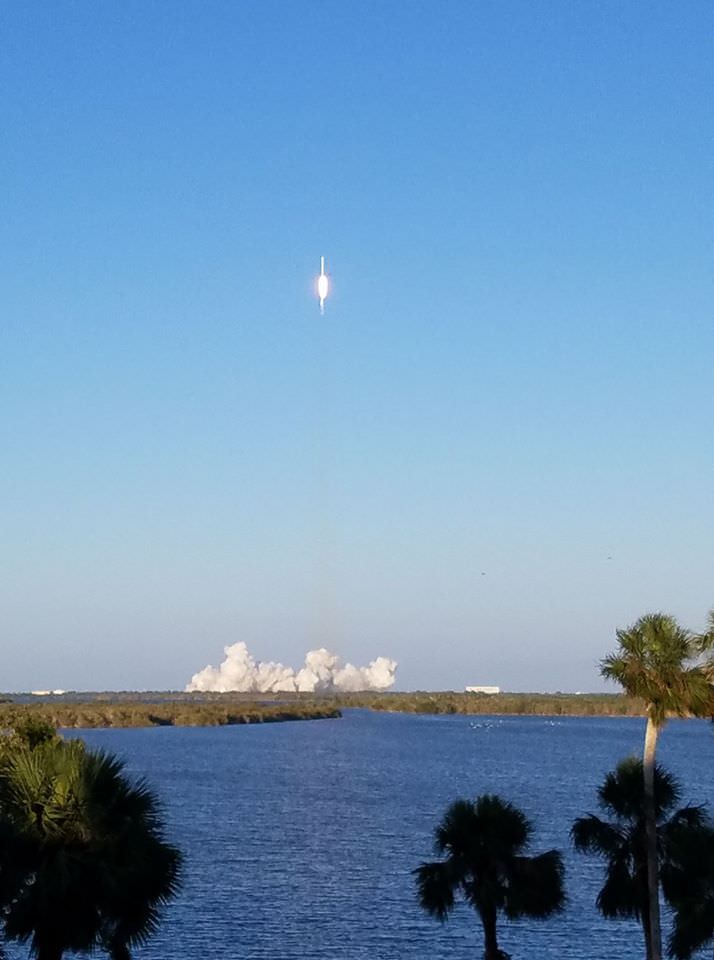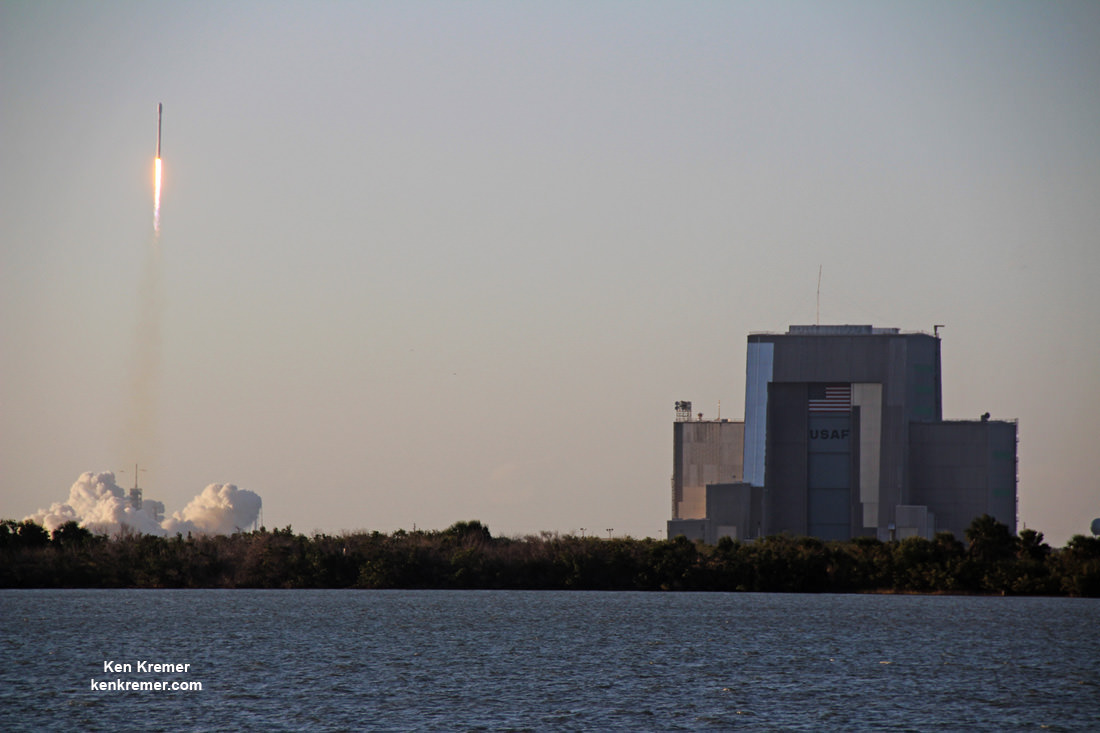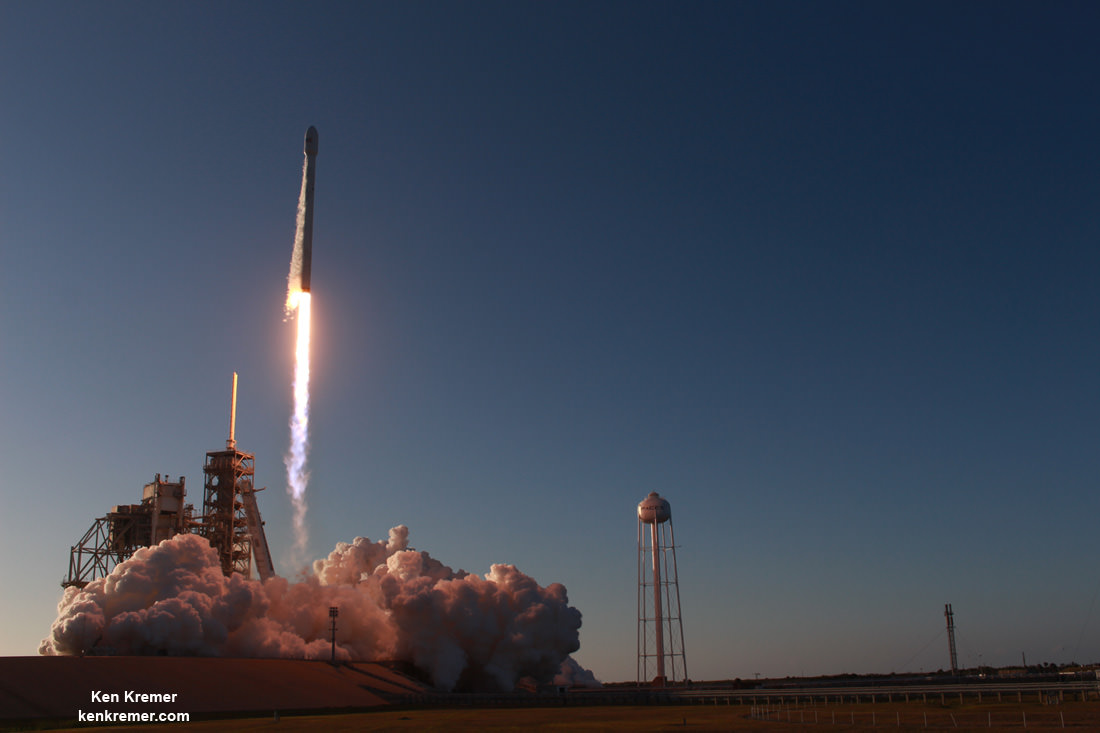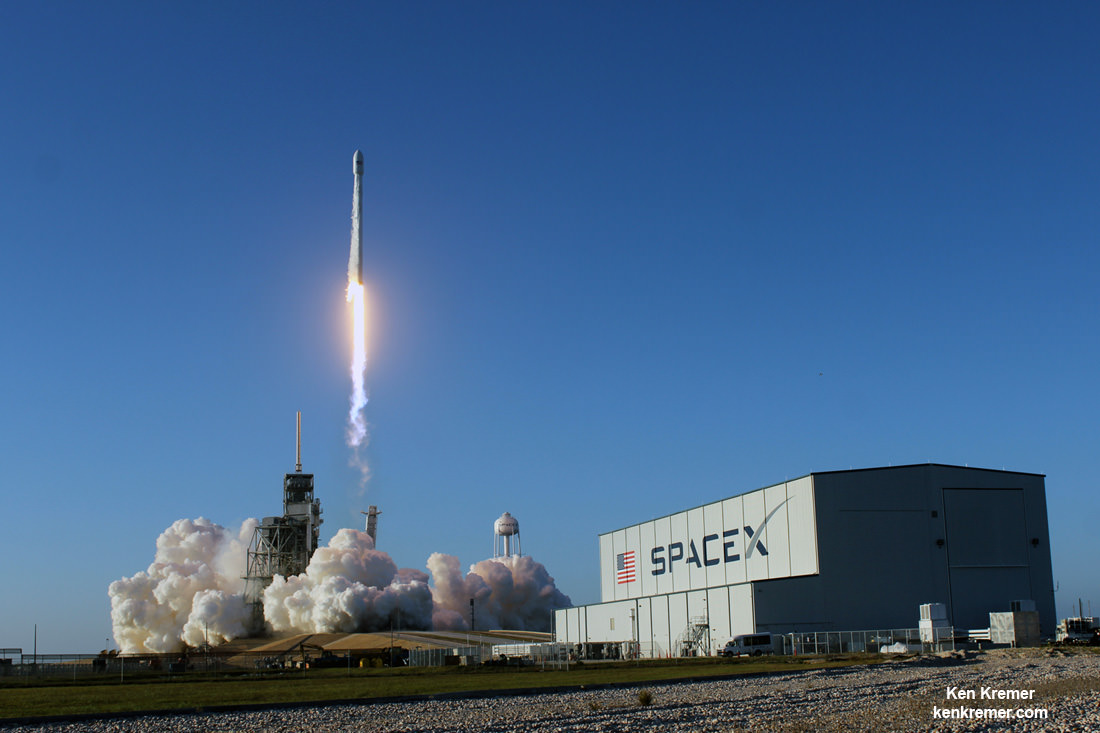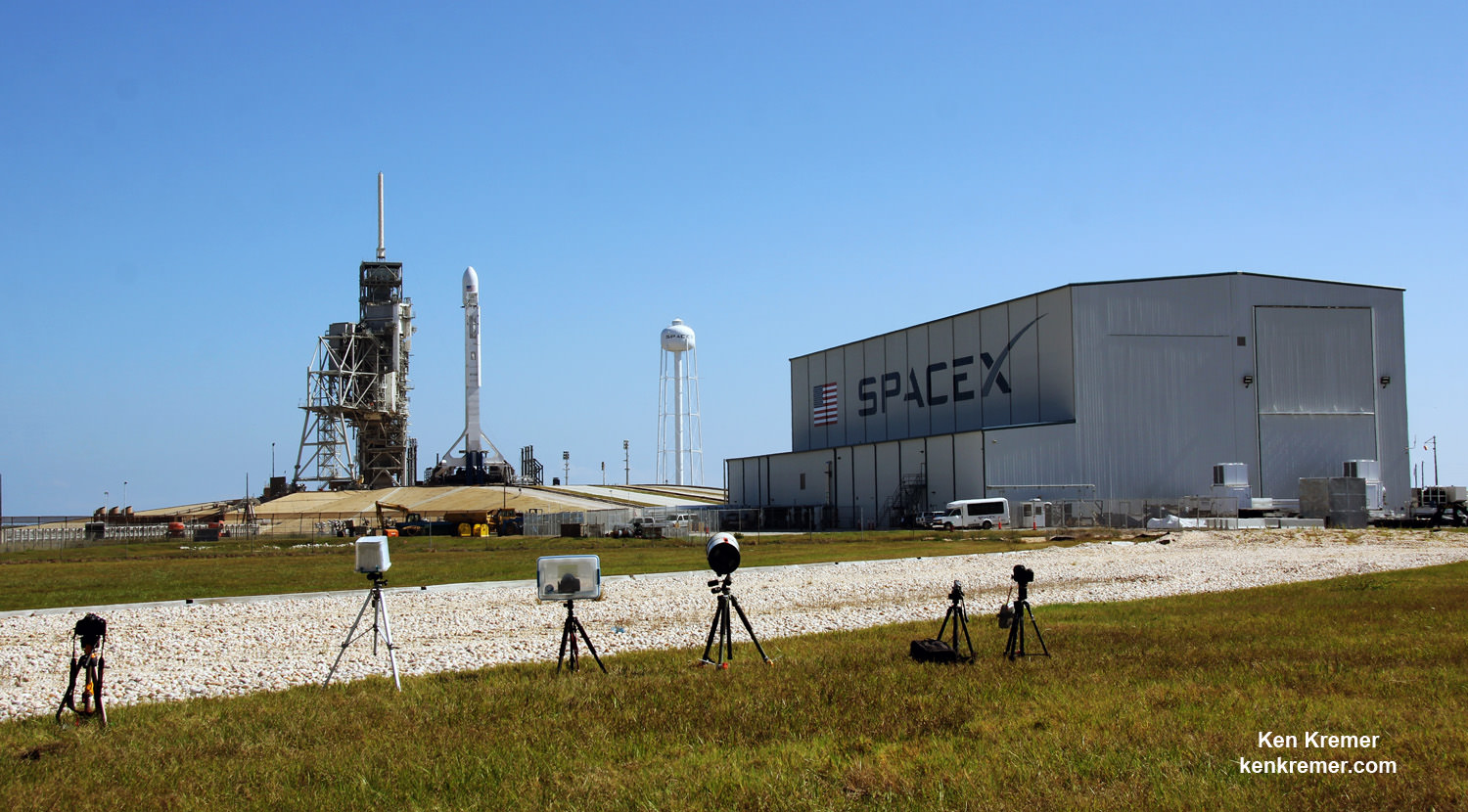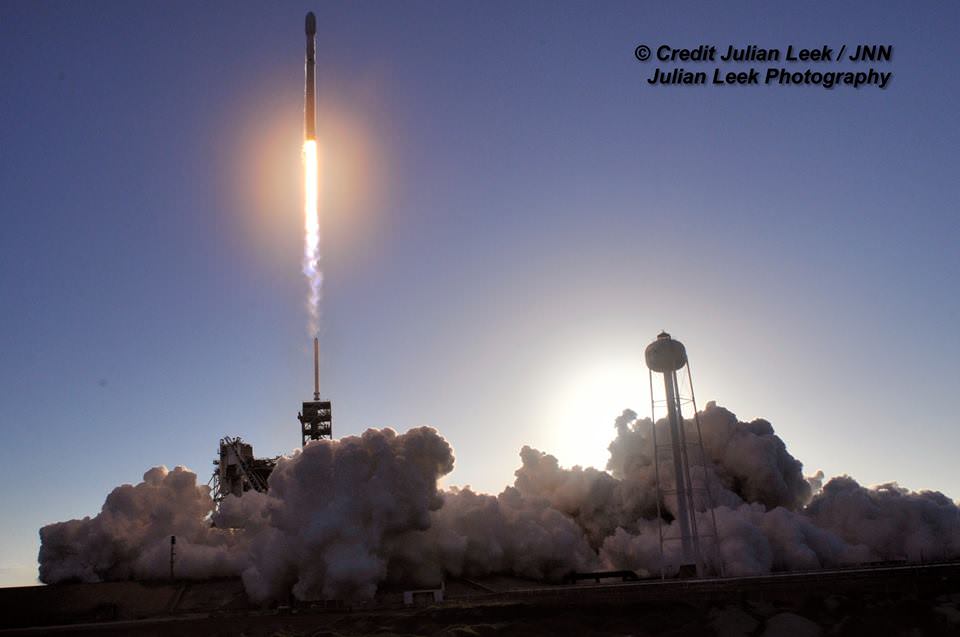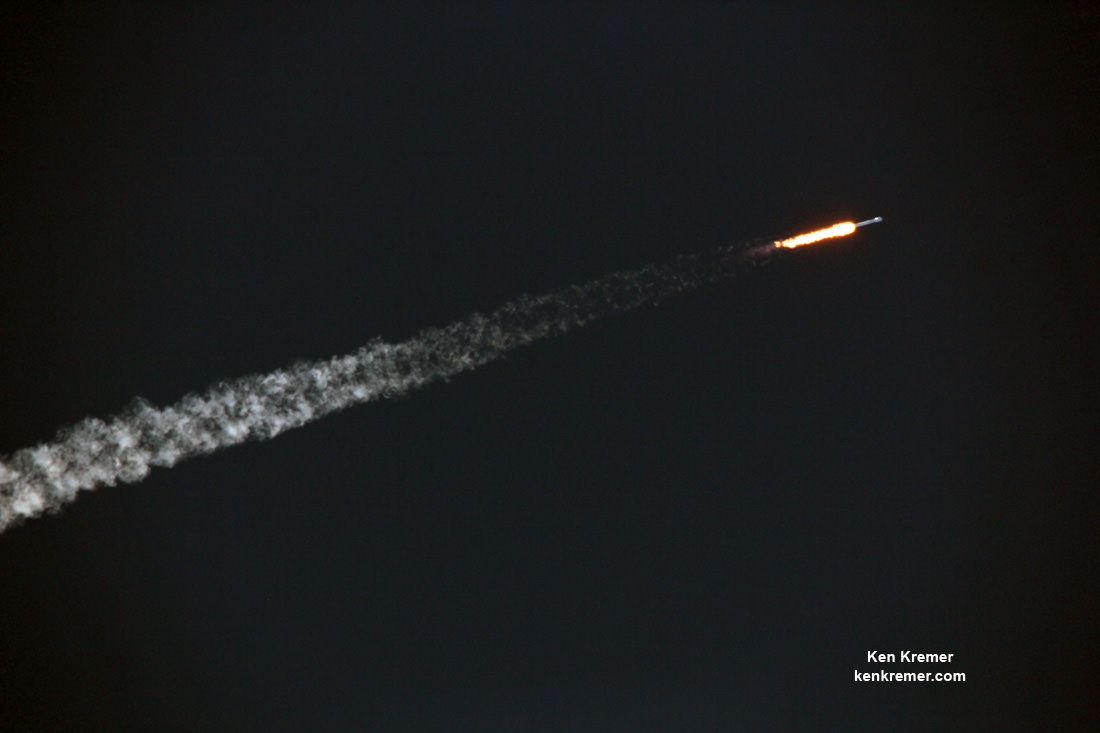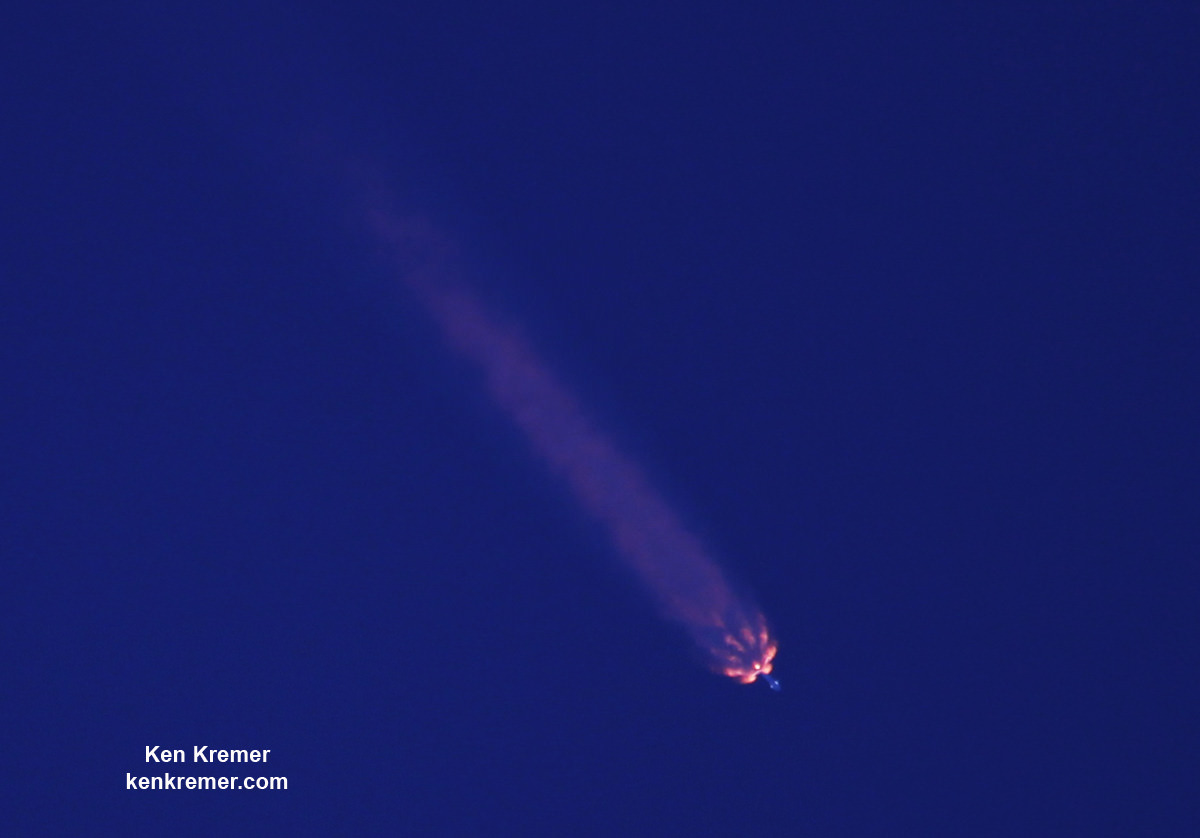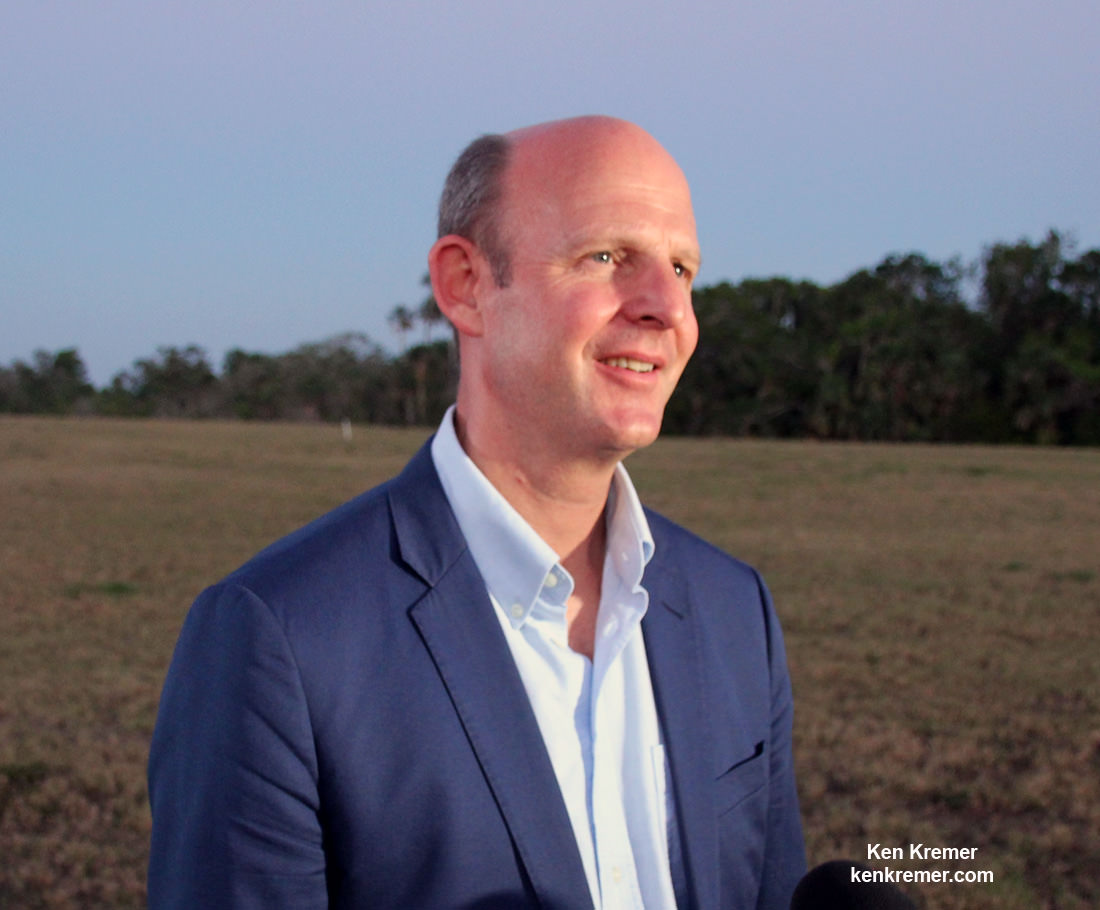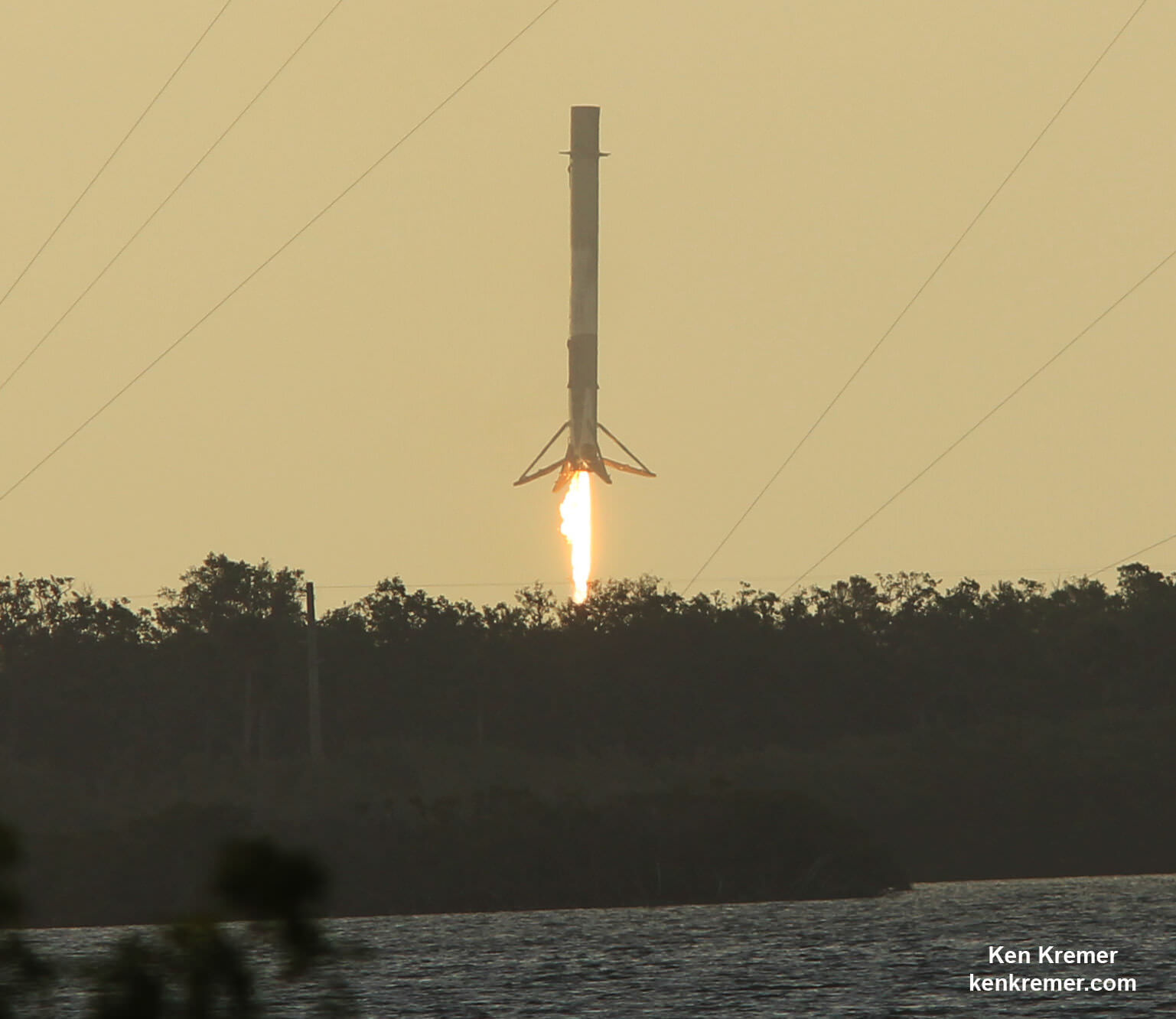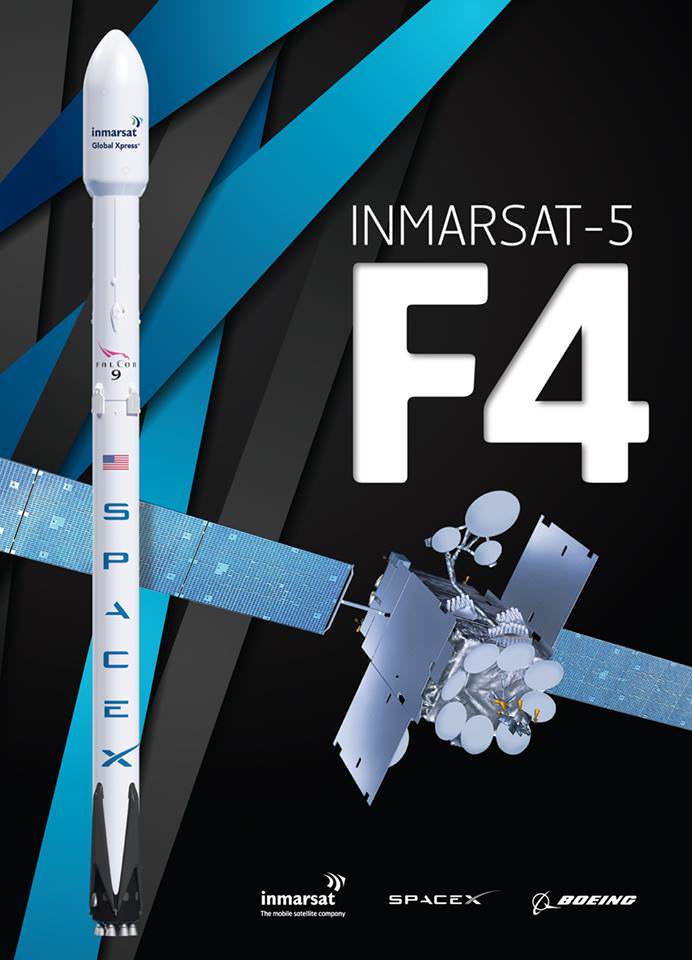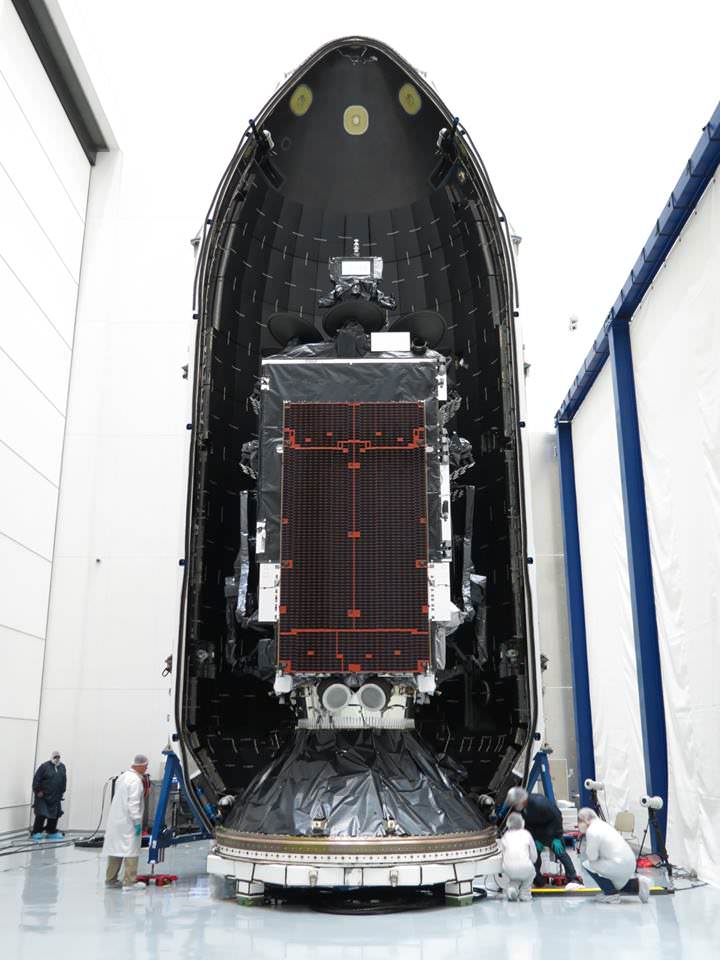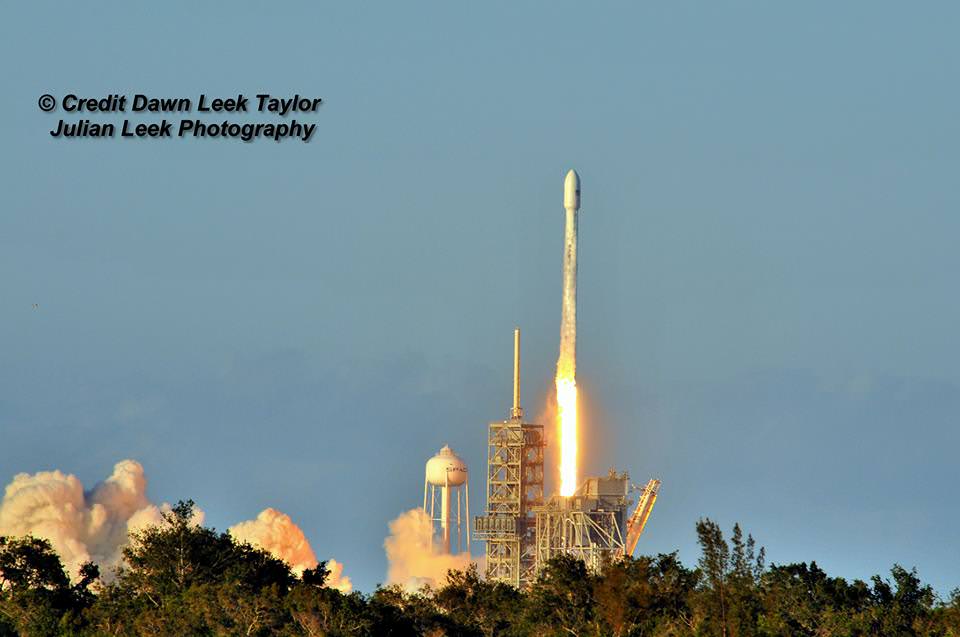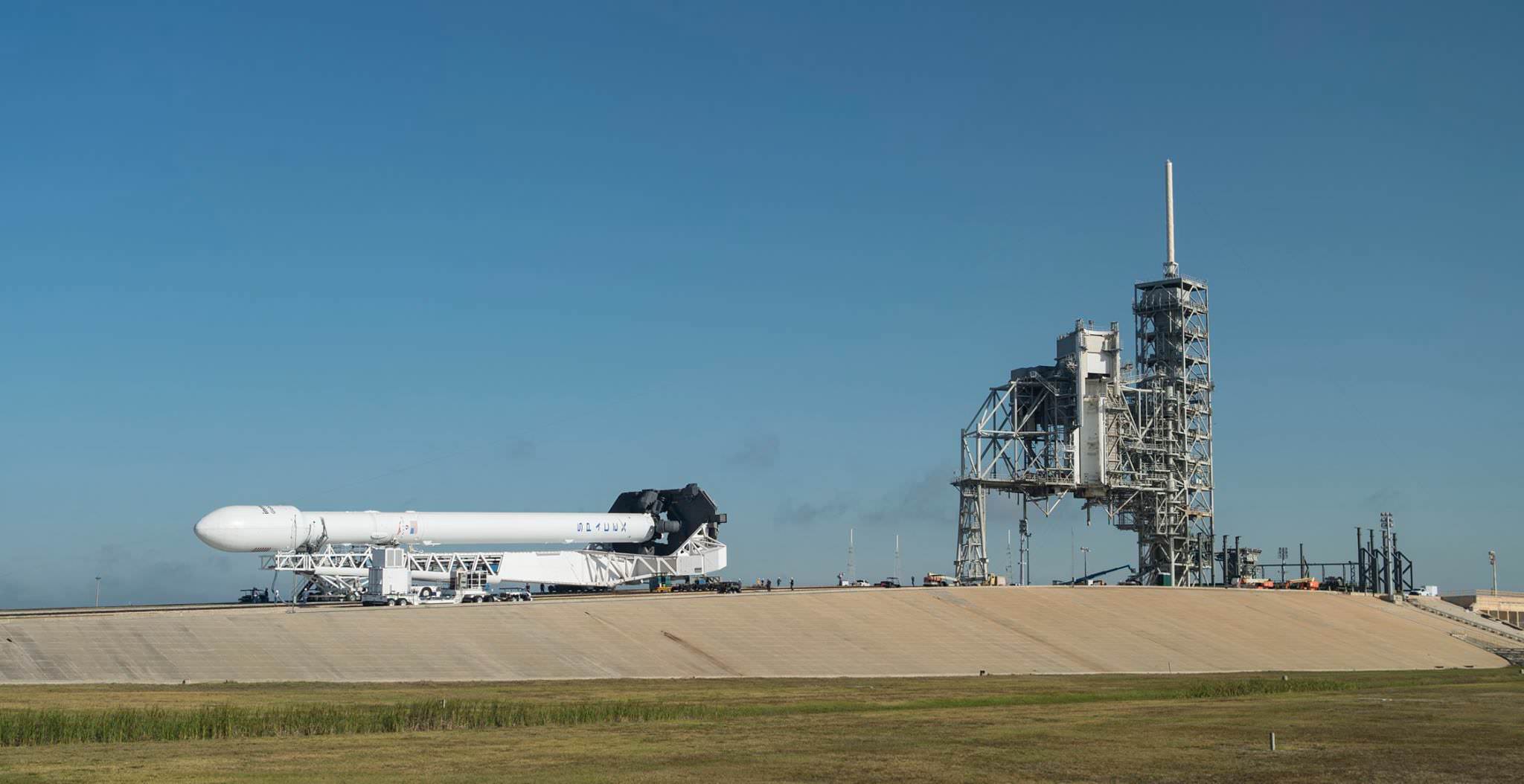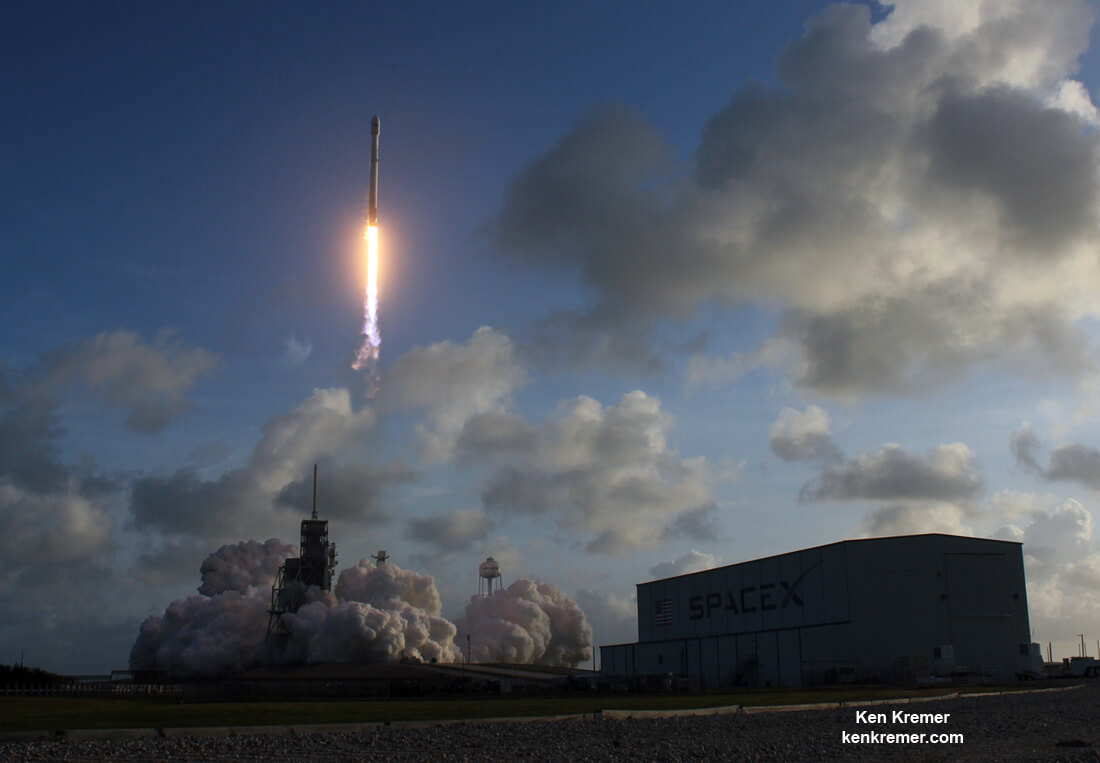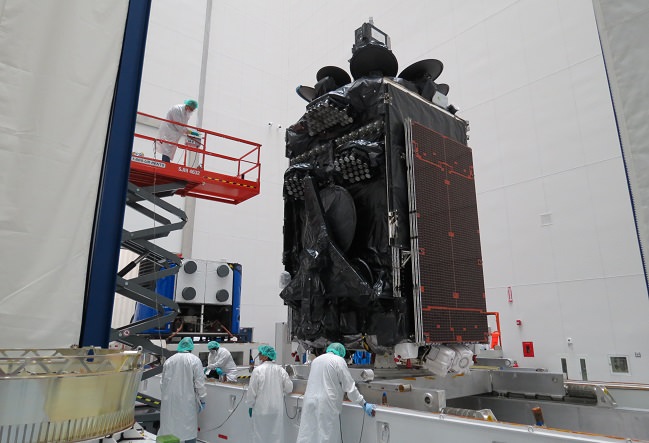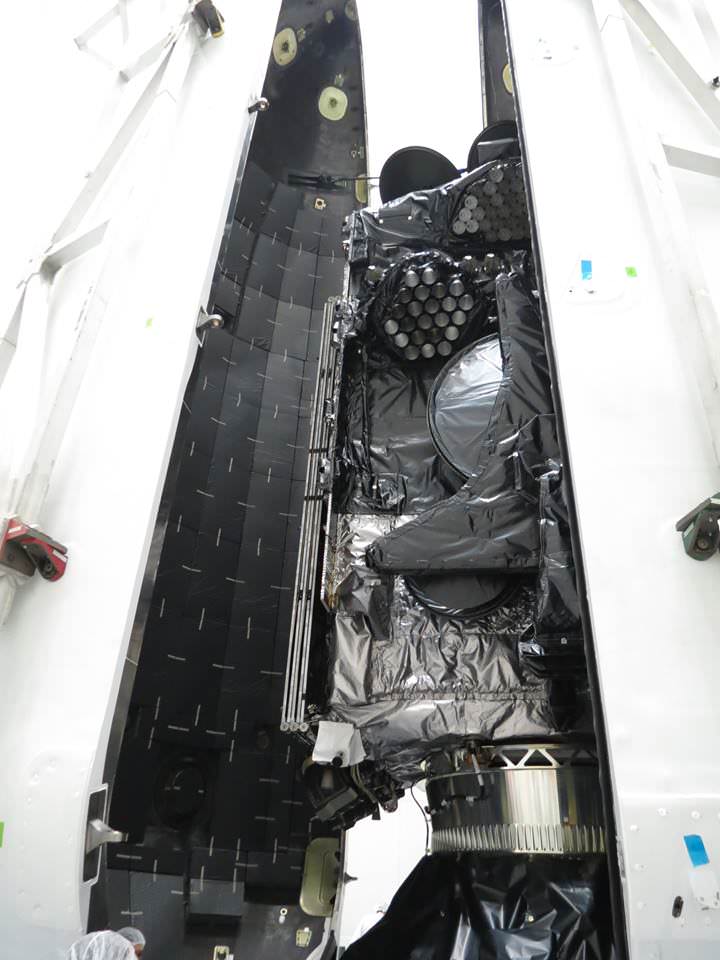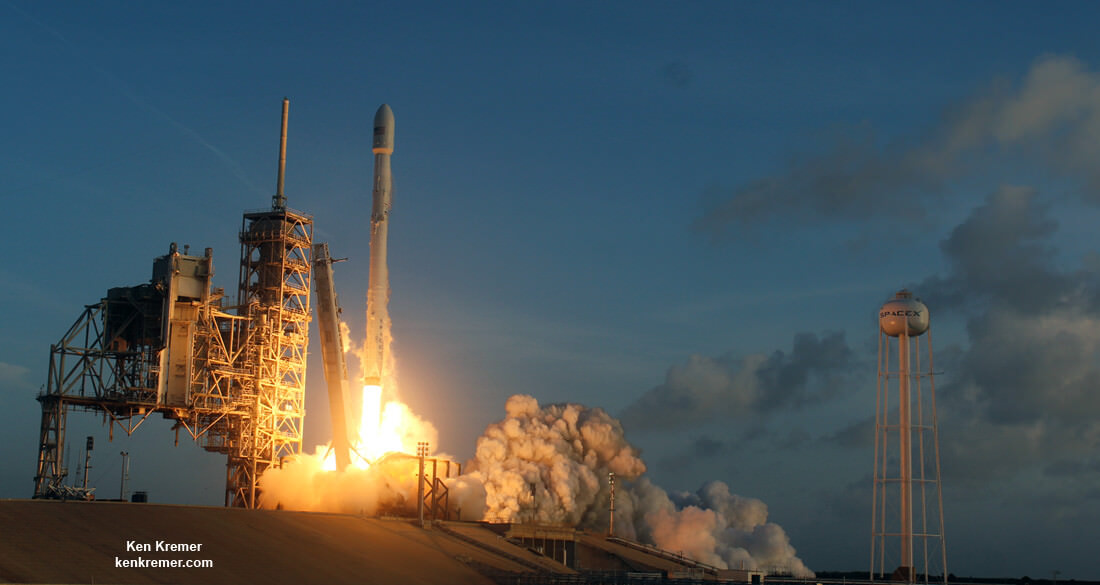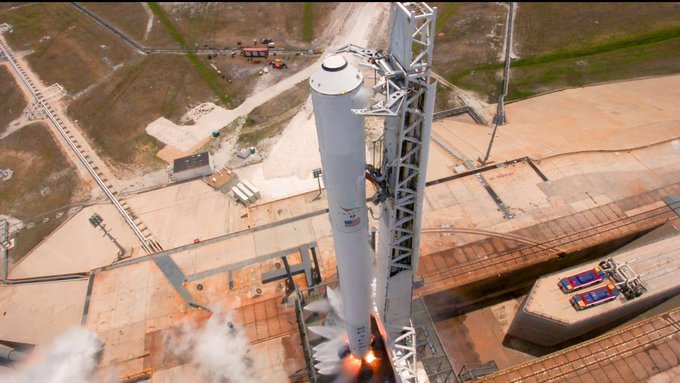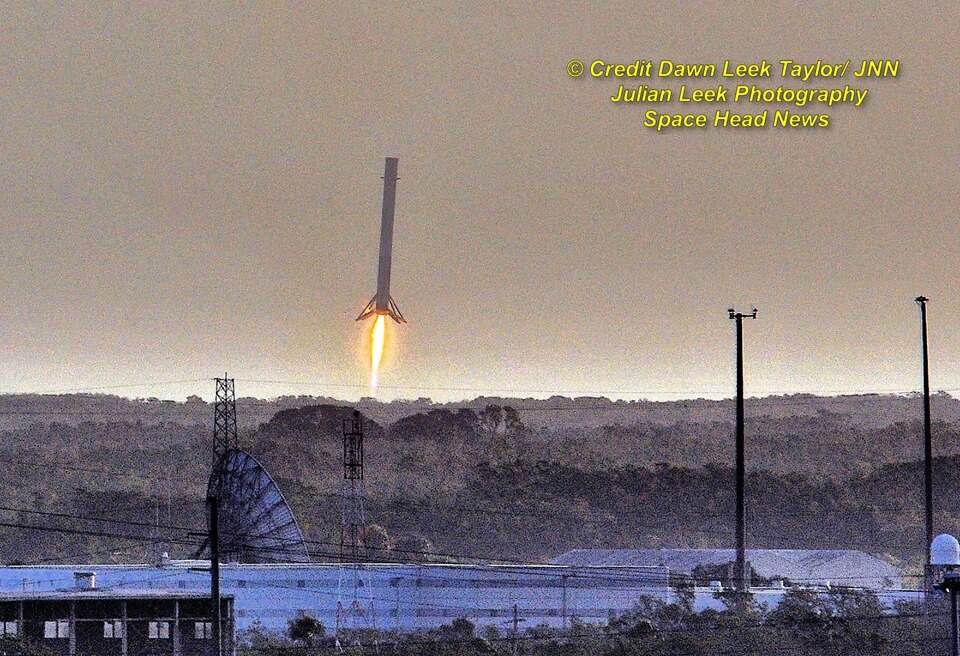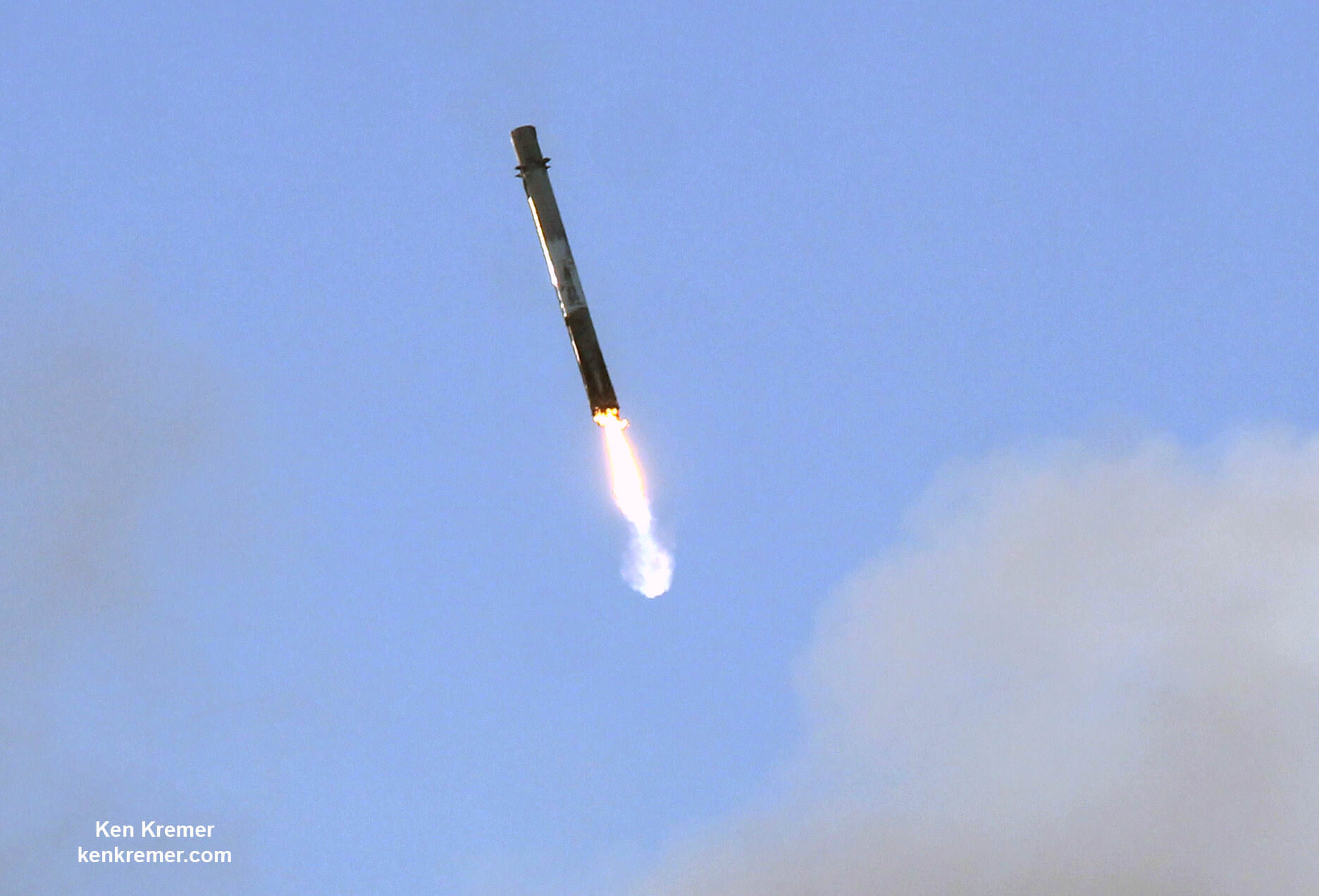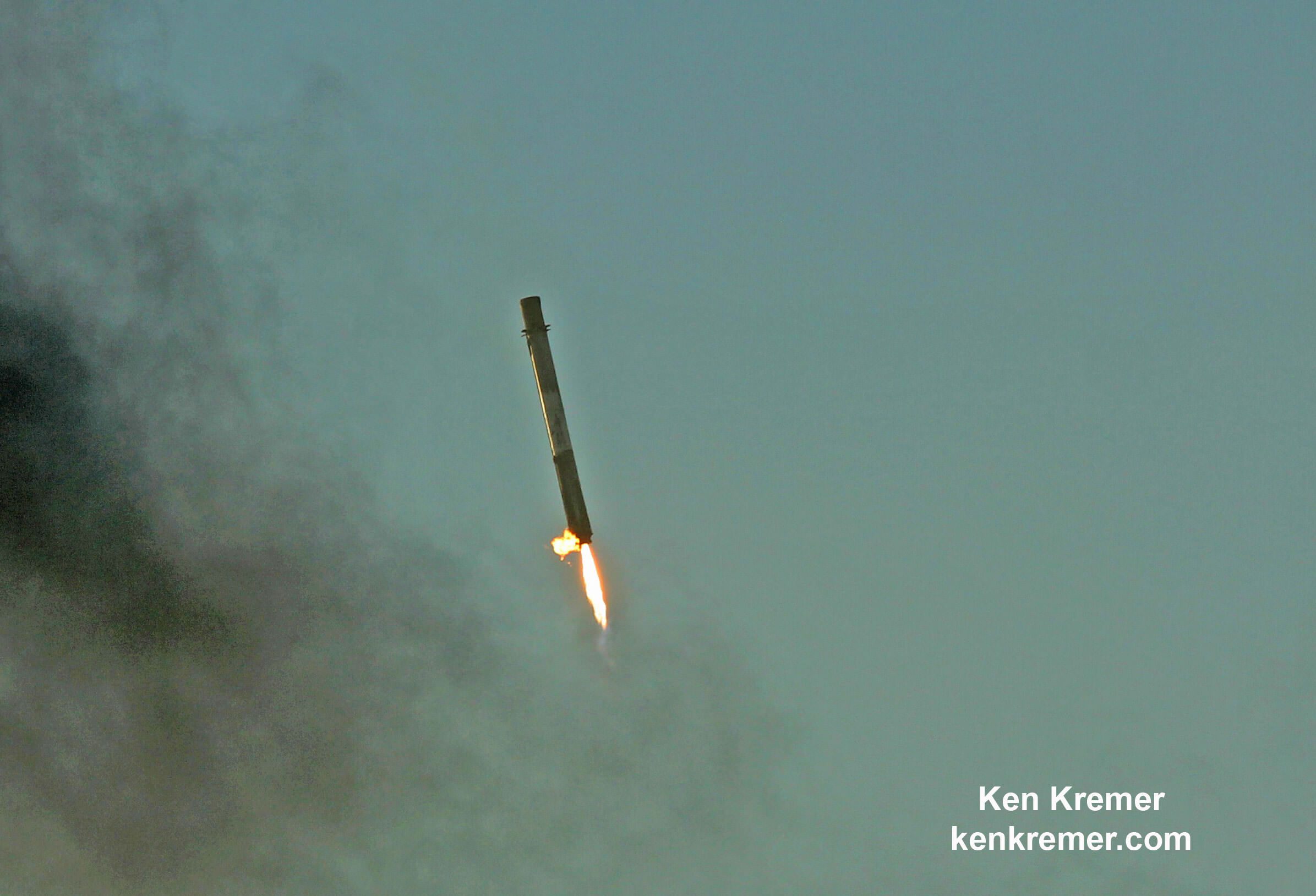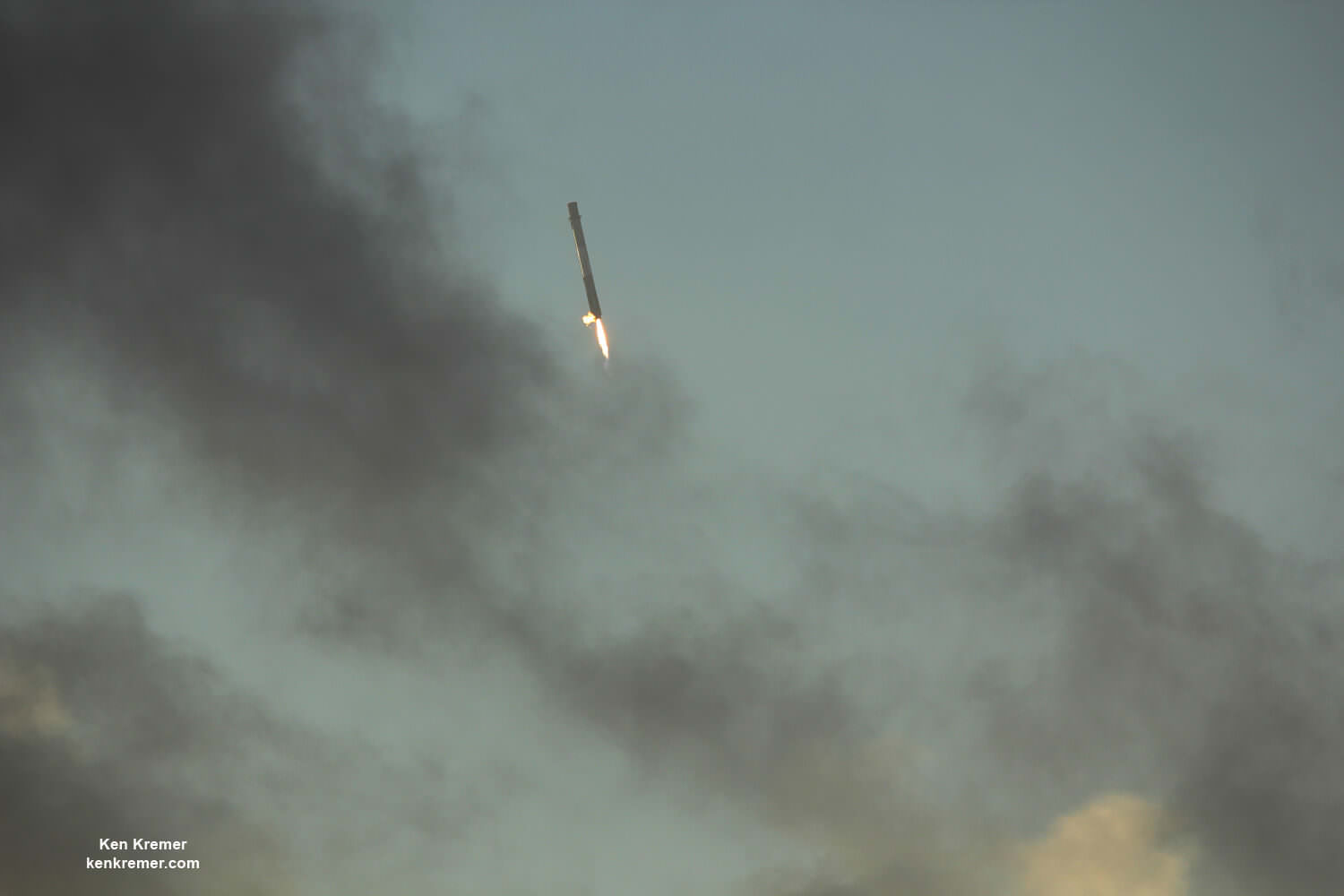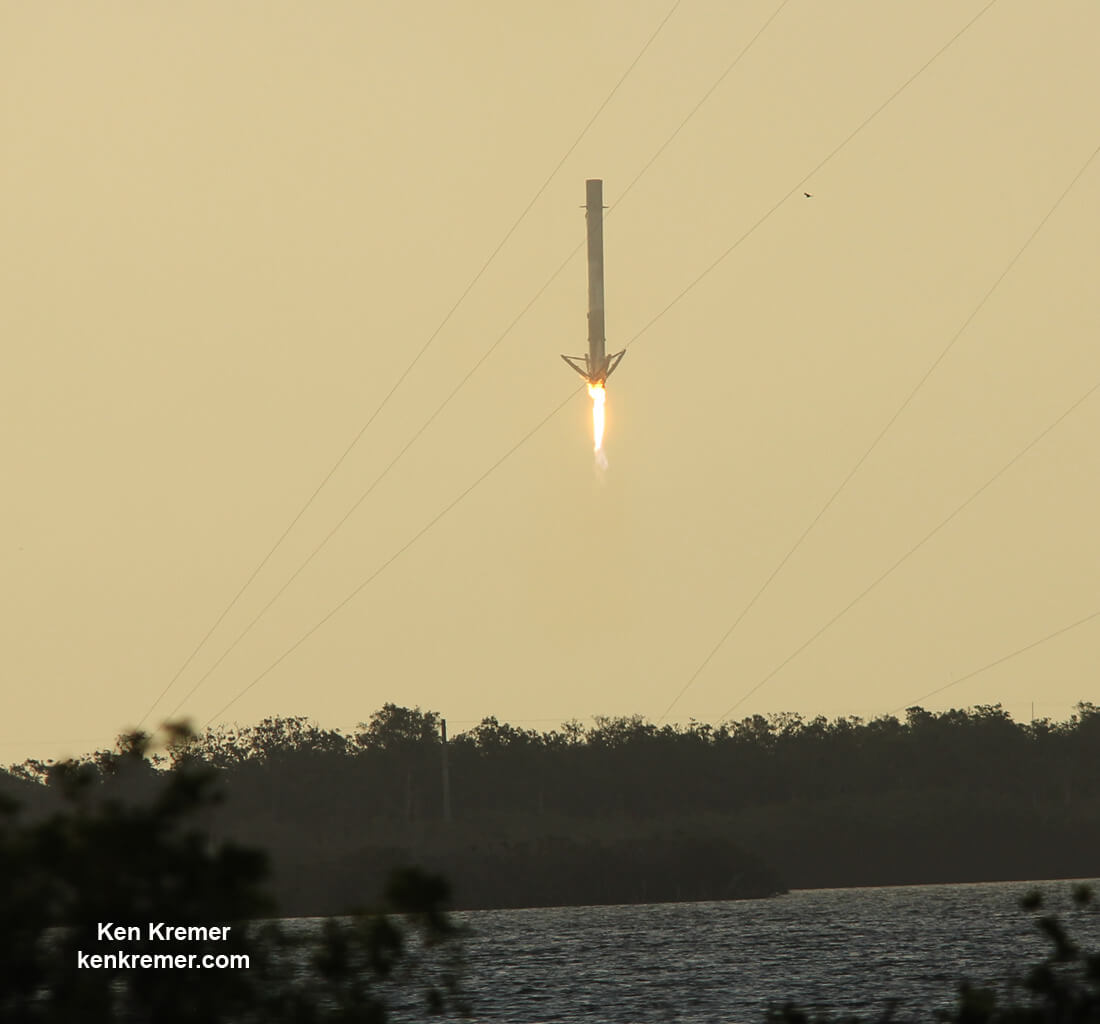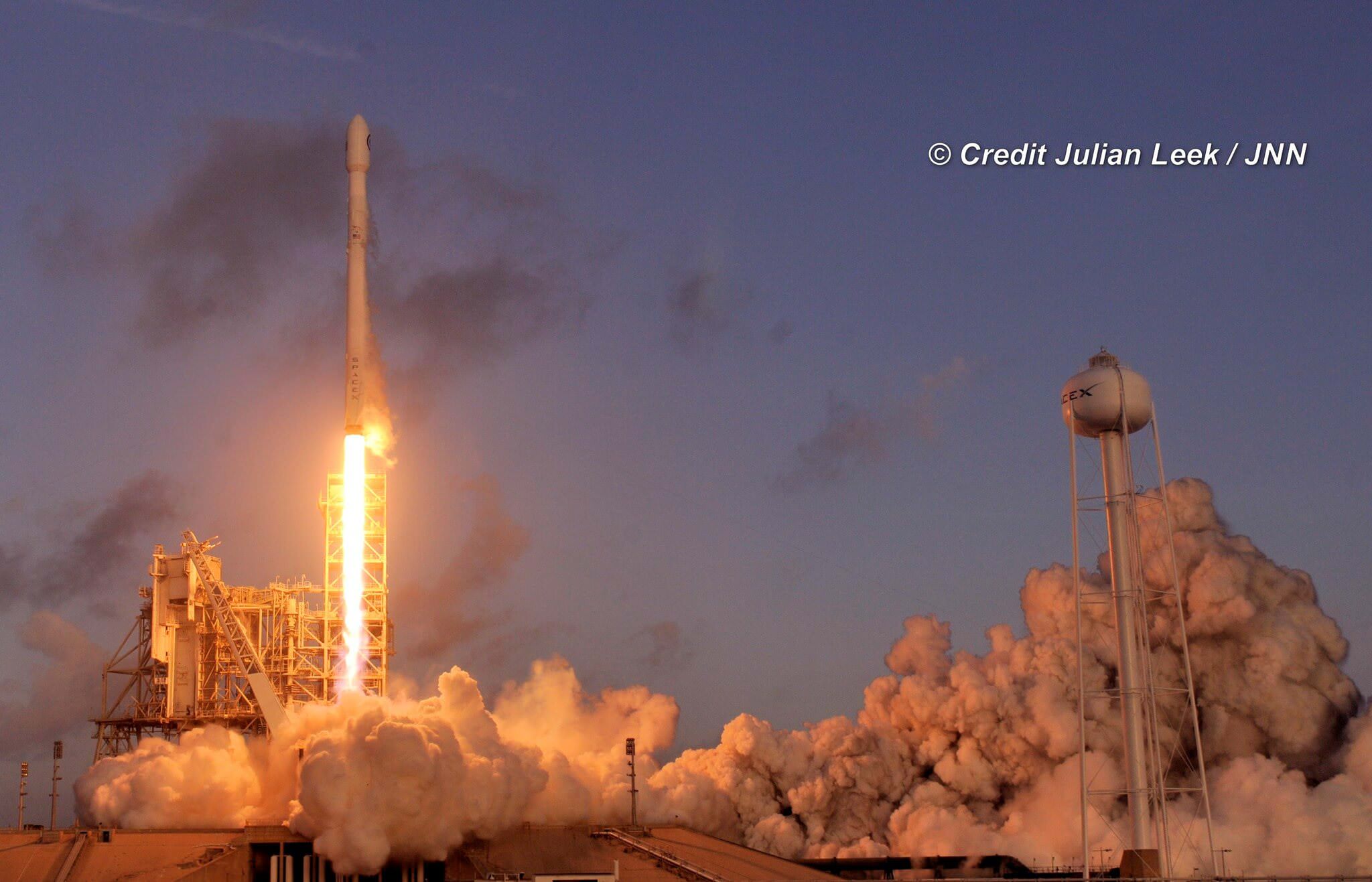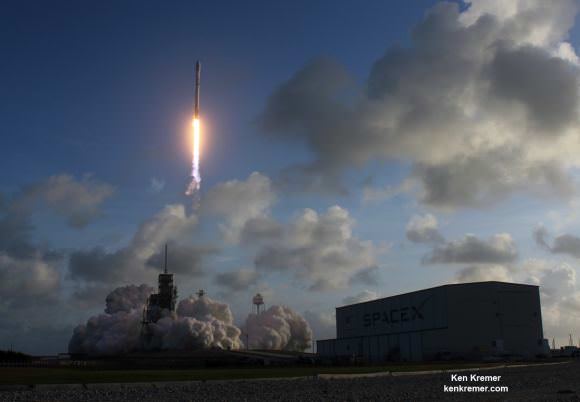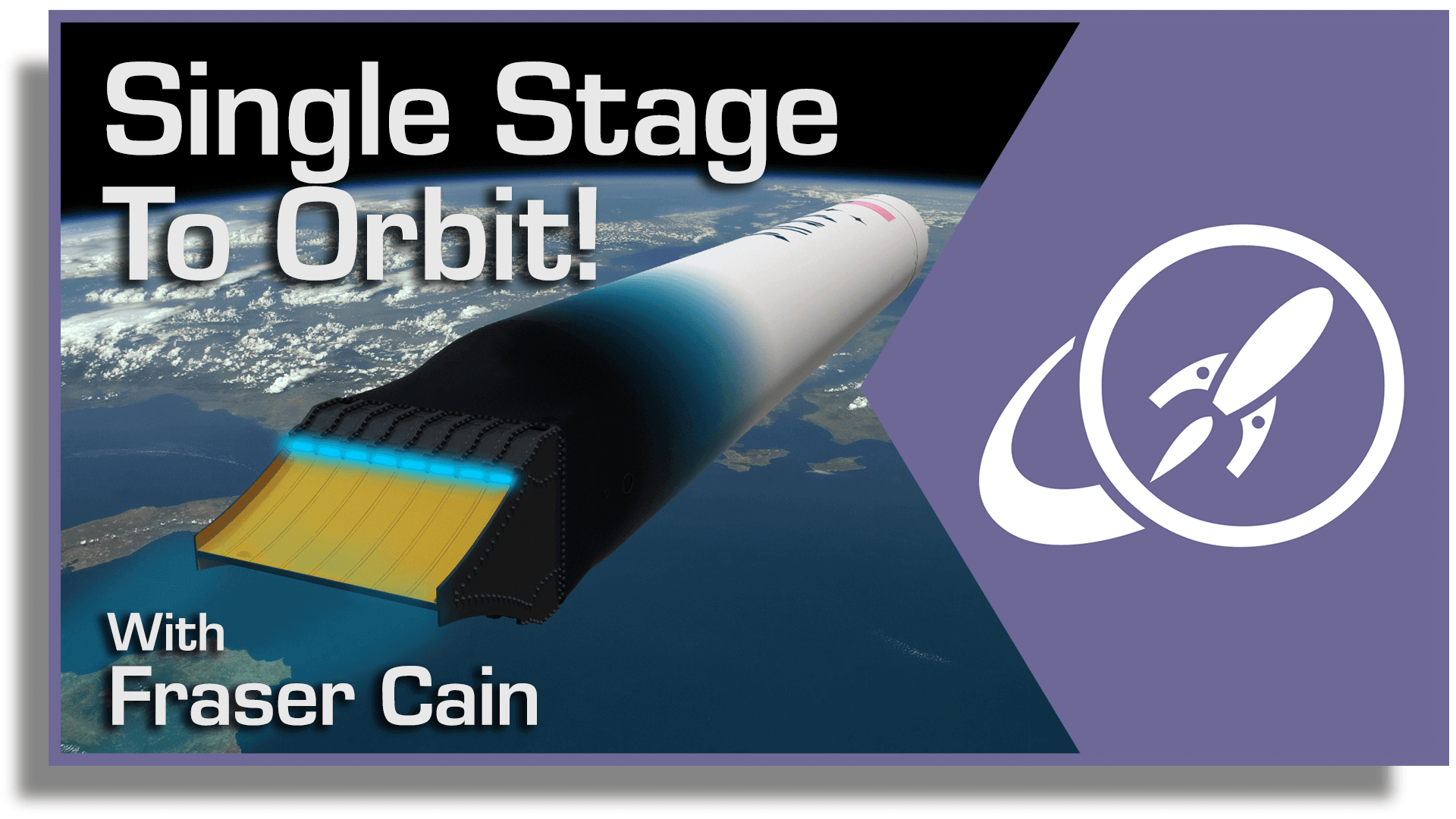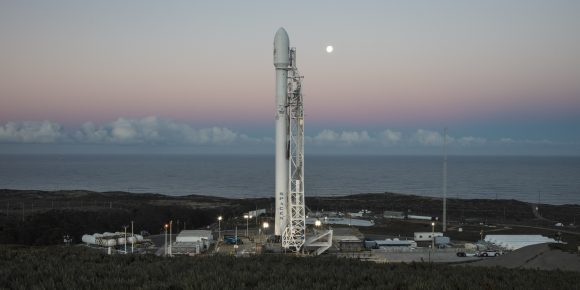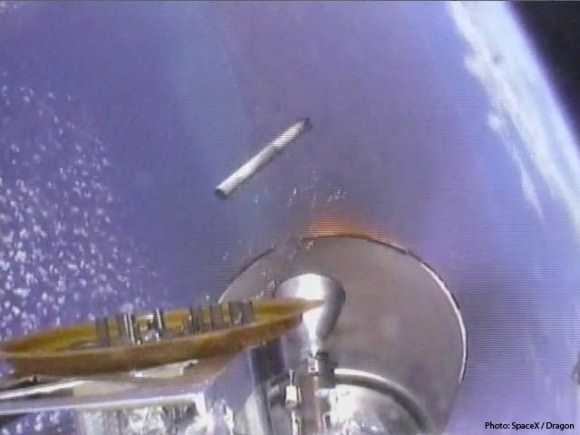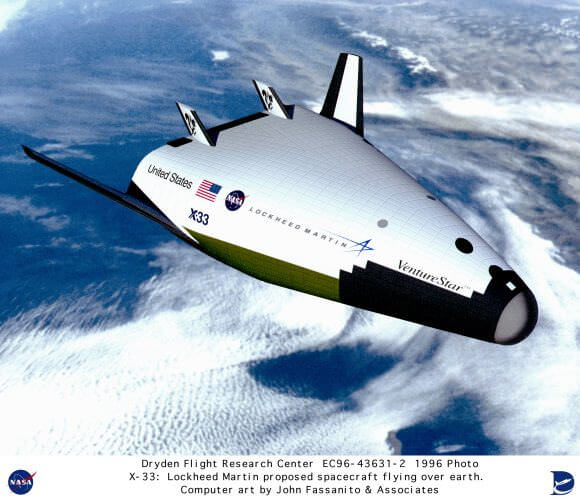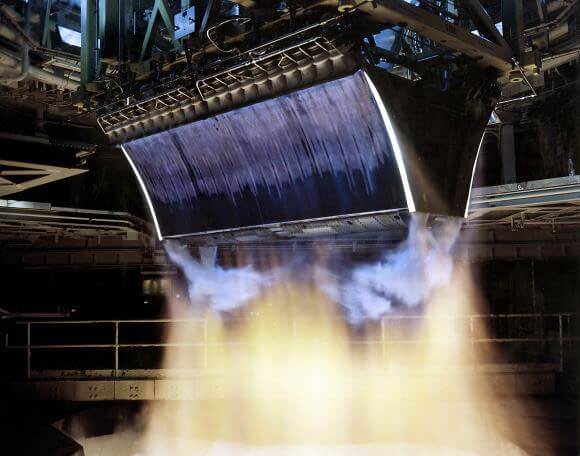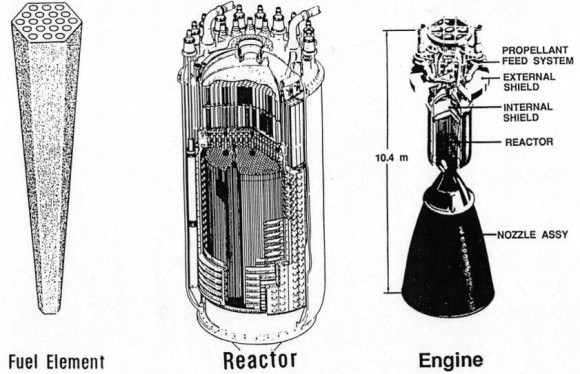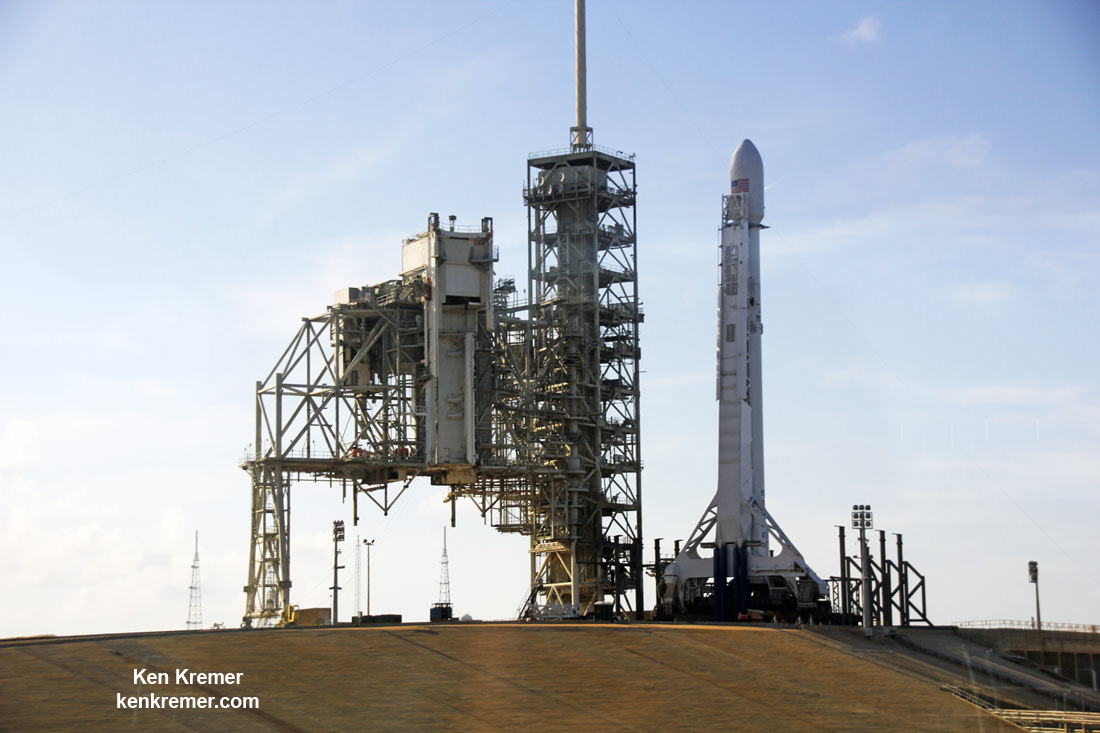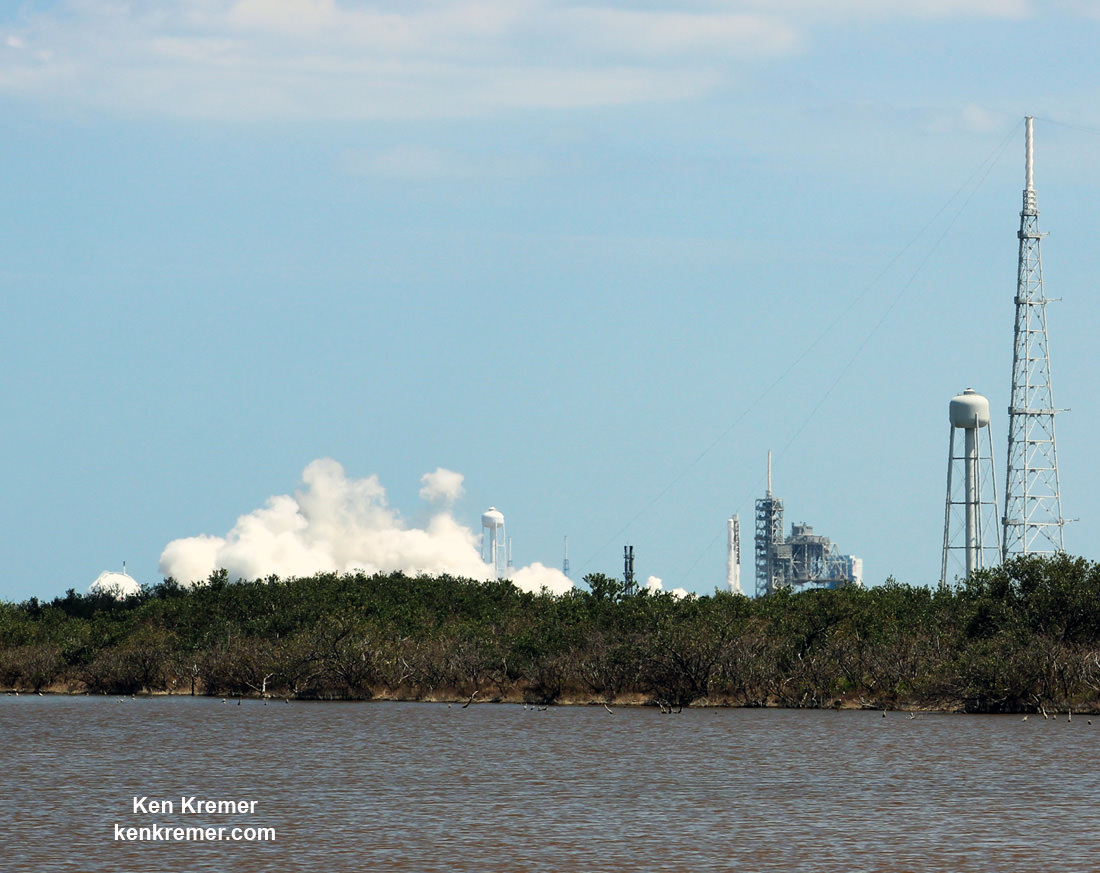Earlier this week, the island nation of New Zealand accomplished a historic first. On Wednesday, May 24th at 16:20 p.m. NZST – 00:20 a.m. EDT; May 23rd, 21:20 p.m. PDT – the country joined the small club of nations that have space launch capability. Taking off from a launch pad located on the Mahia Peninsula (on the North Island), the test flight was also a first for the US/NZ-based company Rocket Lab.
With the successful launch of their test rocket, Rocket Lab has become the latest aerospace firm to join a burgeoning market, where private companies are able to provide regular launch services to Low-Earth Orbit (LEO). Whereas other companies like SpaceX are looking to restore domestic heavy-launch capability, companies like Rocket Lab are looking to fill a niche market which would make space more accessible.
The launch was originally pushed back to this past Wednesday, which was the fourth day in a ten-day launch window (running from May 21st to May 30th), due to bad weather. And while no spectators or media outlets were permitted to witness the event, the company recorded the launch and posted it to their website and official Twitter account (shown below).
New camera angle taken during yesterday's launch – includes sound. More to come! #ItsaTest pic.twitter.com/zr4M72MdiO
— Rocket Lab (@RocketLab) May 26, 2017
Though the rocket did not quite reach orbit, it successfully flew along the trajectory that future launches will follow. This test launch was the first of three planned, and carried sensor equipment rather than a conventional payload in order to let engineers on the ground gather data on the flight. As chief executive Peter Beck said in a statement after the rocket took off from Rocket Lab’s Launch Complex 1:
“It was a great flight. We had a great first stage burn, stage separation, second stage ignition and fairing separation. We didn’t quite reach orbit and we’ll be investigating why, however reaching space in our first test puts us in an incredibly strong position to accelerate the commercial phase of our program, deliver our customers to orbit and make space open for business.”
The rocket in question was a prototype disposable vehicle known as the Electron rocket. This two-stage rocket is composed of carbon fiber, which allows for durability and reduced weight, and is manufactured in-house. It also relies on a “plug-in payload” design that allows for the separation of the main assembly and payload integration processes.
In short, in the future, customers will be able to load the payload fairing themselves at their own facilities. This is especially useful wherever environmentally-controlled or sealed cargo is involved. They will then be able to have the second stage transported to the Rocket Lab facility for integration. This design is also intended to allow for flexibility, where the launch vehicle can be tailored to meet specific mission requirements.
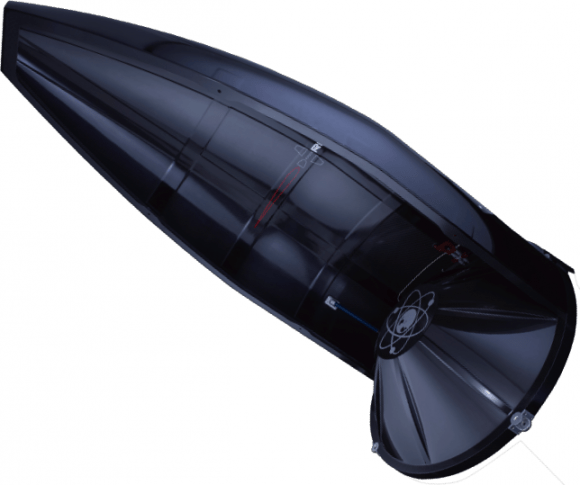
The first stage of the vehicle is powered by nine Rutherford engines – an oxygen/kerosene pump-fed engine designed and built by Rocket Lab – while the second stage is powered by a single Rutherford. In addition to reducing mass, the engine is also the first oxygen/kerosene engine to make use of 3-D printed components. Each engine offers a liftoff thrust of 18 kilo Newtons, or 4000 pound-force (lbf), and a peak thrust (in vacuum) of 22 kN (41,500 lbf).
Once testing is complete, Rocket Lab intends to maintain a fleet of these rockets, which will be capable of launching payloads of between 150 and 225 kg (330 to 496 lbs) to a 500 km Sun-synchronous orbit. With these parameters in mind, Rocket Lab is clearly aiming to cater to telecommunications companies, internet providers, research institutions and universities.
In short, small satellites are a fast-growing market, but the current space launch environment can be prohibitive to small companies and researchers. As it stands, booking a space launch is a complicated matter, subject to flight schedules, the availability of cargo space, and costs that are outside of many customers’ price range. By developing rockets that are relatively cheap and can be built quickly, those looking to launch small satellite will have increased options.
“We’re one of a few companies to ever develop a rocket from scratch and we did it in under four years. We’ve worked tirelessly to get to this point,” said Beck. “We’ve developed everything in house, built the world’s first private orbital launch range, and we’ve done it with a small team.
Space – as seen by Electron. #ItsaTest pic.twitter.com/JR2RlZuLFp
— Rocket Lab (@RocketLab) May 25, 2017
New Zealand was selected as the location of the company’s launch facility for a number of reasons. Compared to the US and other potential launch sites, New Zealand has less air traffic, which ensures that air carriers don’t need to reroute their flights during a launch. The country is also well-situated to get satellites into a north-to-south orbit around Earth, and launches take place over open water (away from population centers).
On top of that, Rocket Lab CEO and founder Peter Beck is a native of New Zealand. In the coming weeks, the company he founded will be looking over its test flight data to prepare for its second test launch, which will take place in a few months. This launch will attempt to reach orbit and maximize the payload the rocket can carry. All told, Rocket Lab has three test flights scheduled for 2017.
Once the company reaches full production, they hope to be conducting a record-setting 50 to 120 launches a year. If possible, this will significantly reduce the costs associated with small payload launches.
“We have learnt so much through this test launch and will learn even more in the weeks to come,” said Beck. “We’re committed to making space accessible and this is a phenomenal milestone in that journey. The applications doing this will open up are endless. Known applications include improved weather reporting, Internet from space, natural disaster prediction, up-to-date maritime data as well as search and rescue services.”
Rocket Lab is joined by companies like ARCA, which is seeking to lower the costs of small-payload launches through the development of single-stage-to-orbit (SSTO) rockets. Their SSTO rocket concept, known as the Haas 2CA, was unveiled in March and is scheduled to begin launch testing next year.
Be sure to check out this video of the launch as well, courtesy of Rocket Lab:
Further Reading: BBC, Rocket Lab


